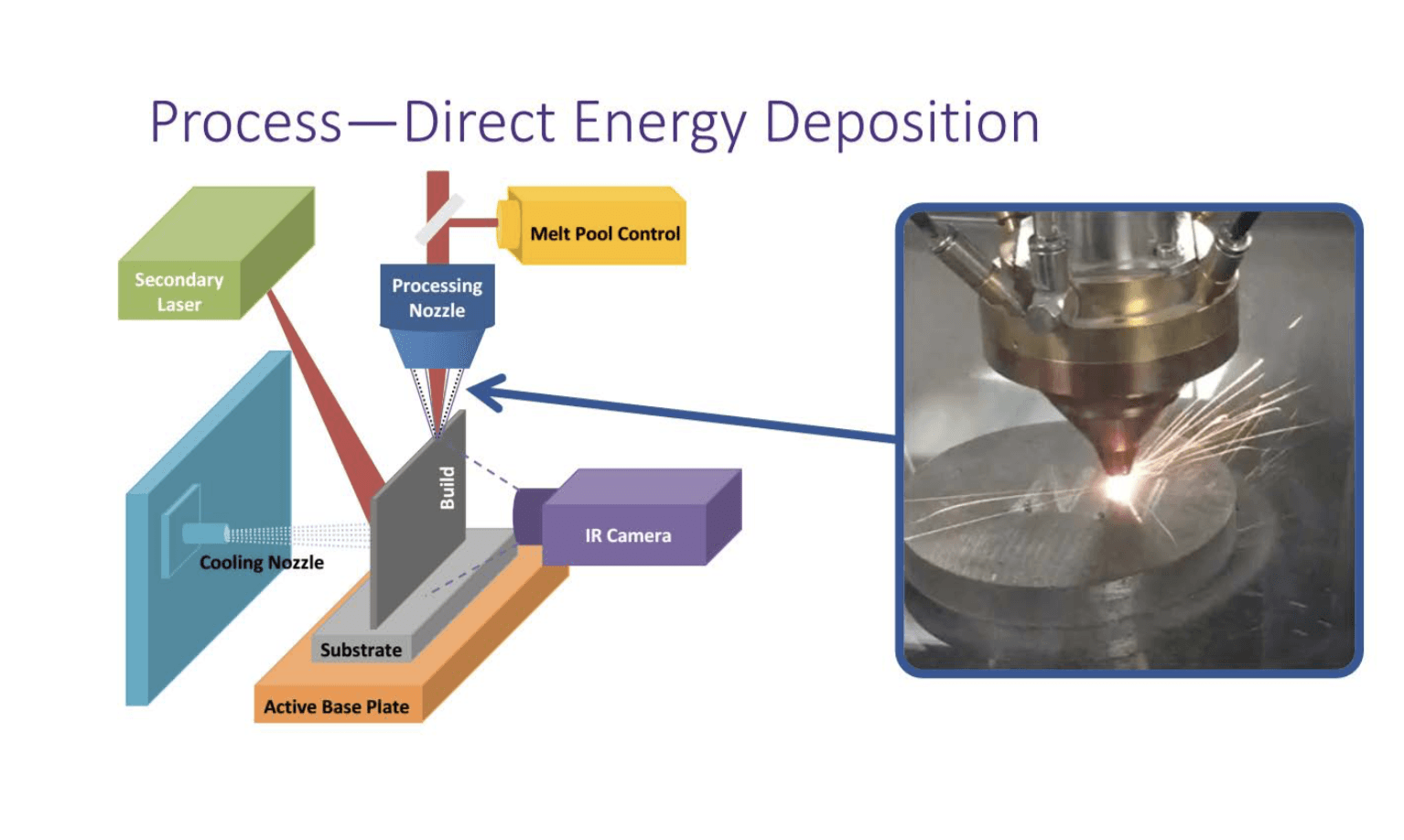Being funded by BICIABSTRACT
There is a significant need for modeling and simulation of additive manufacturing (AM) processes that can accurately and robustly predict the properties of the resulting parts as a function of process parameters (e.g., toolpath, energy input, and material composition). The proposed project is an effort to deliver a software solution that fills this need for AM practitioners. The work will leverage the PIs’ current work developing and validating simulations of AM processes. The work will be accomplished through three main research thrusts: 1) modeling of temperature field and predicted material properties for parts built through a directed energy deposition (DED) process using the GAMMA simulation code; 2) in-situ measurement of temperature distribution during DED with thermal control, and characterization of material and properties, to provide validation data and demonstrate a qualitative and quantitative match between computation and experiment for selected systems and parts; and 3) improvement of speed, accuracy, and robustness of the GAMMA code into a commercializable software package.
SIGNIFICANCE OF THIS PROJECT
Although additive manufacturing (AM) has the potential to revolutionize the global part manufacturing landscape, the technology base for AM processes is still in its infancy. A recent NIST report conservatively estimates that meeting a set of identified AM technology needs, including improved modeling and simulation, would save manufacturers $4.1 billion annually in the U.S. alone. The need for high-fidelity process modeling and simulation is highlighted as key to improving yields, shortening R&D cycles, and predicting and correcting anomalies, with a clear need to establish process-structure- property relationships such as the effects of temperature history on material microstructure Filling the modeling and simulation need alone is estimated to have an impact of over $660 million annually, and modeling has a clear supporting relationship to other areas of technological necessity including improved metrology, design optimization tools, and testing procedures.
PURPOSE OF THIS PROJECT
The purpose of this project is to provide a software solution that fills the need for robust predictions of part geometry and properties for a given set of manufacturing process parameters. The predictive simulation is based on a detailed thermal model of the process, including a part-level thermal model of the build process at the part scale, and empirical predictions of part microstructure and properties based on temperature, temperature gradient, and solidification cooling rate. This software will allow AM practitioners to develop process designs (e.g., toolpaths and energy inputs) that avoid anomalies such as defects and high porosities, to predict microstructures resulting from a given set of process parameters and material selection, and to improve part repeatability and robustness. This software can run on a desktop computer but will also take advantage of high performance computing options, including multi-CPU workstations or general-purpose computing graphical processing units (GPUs).











